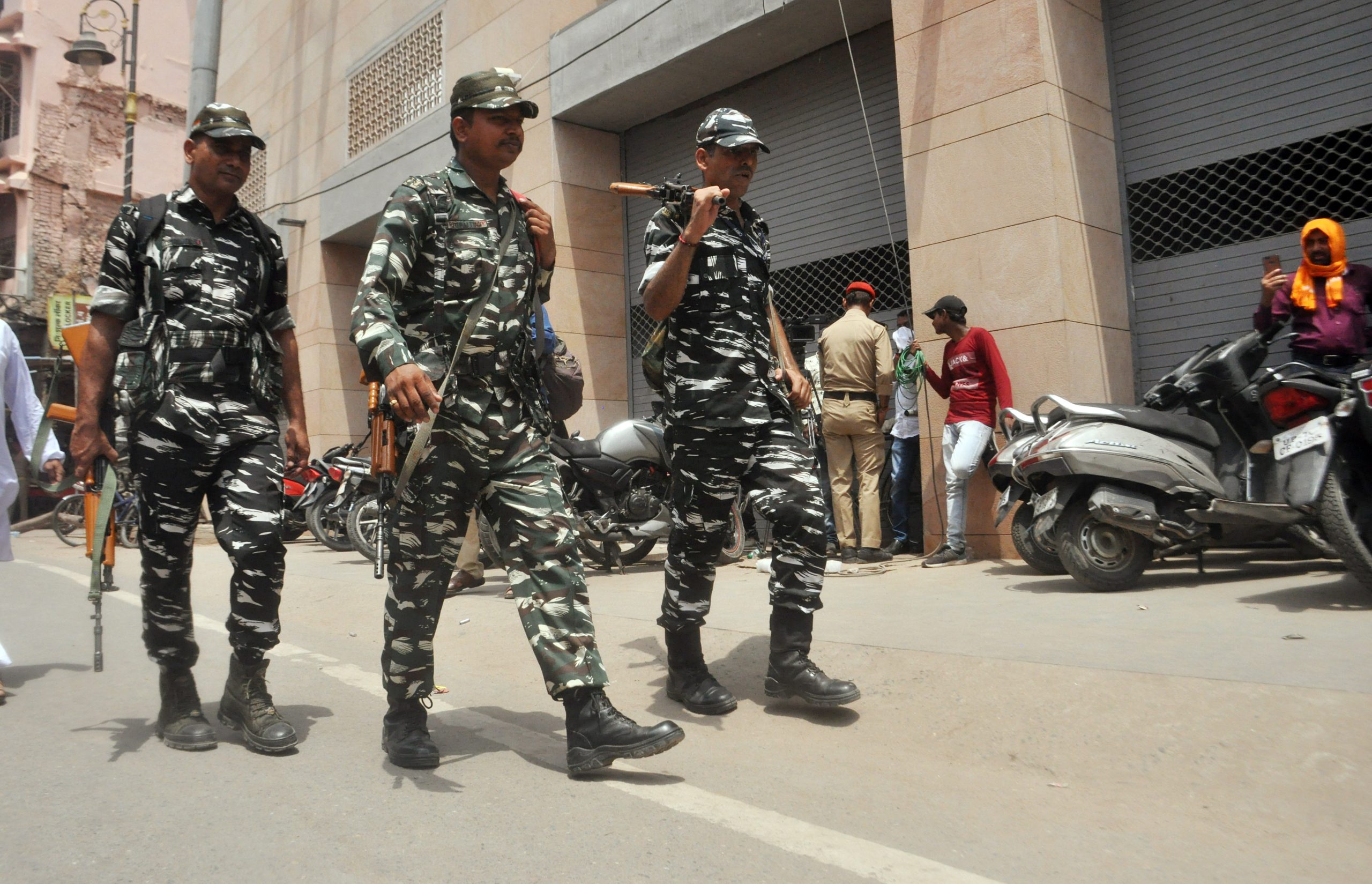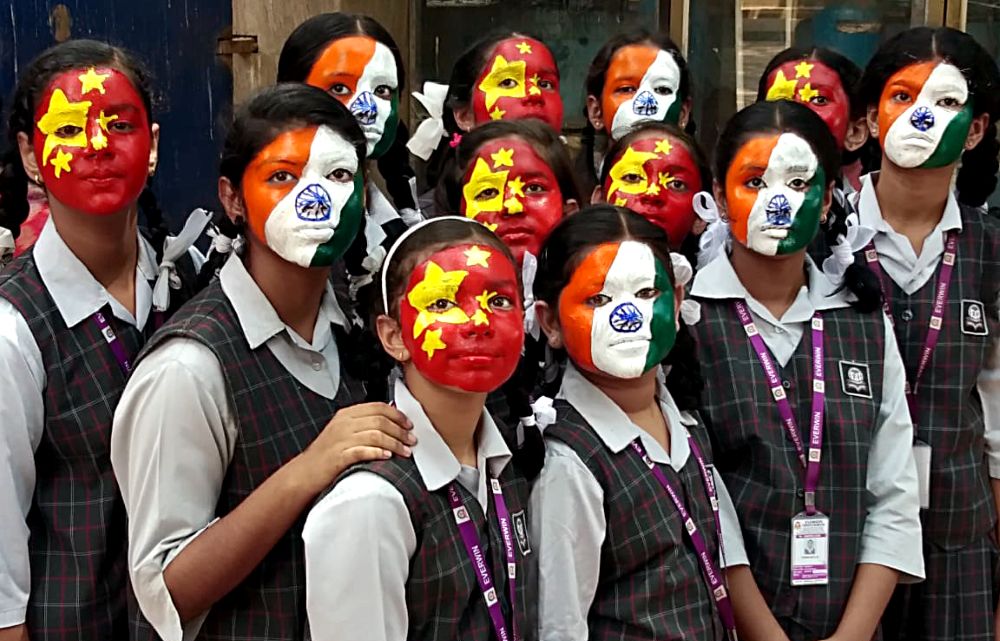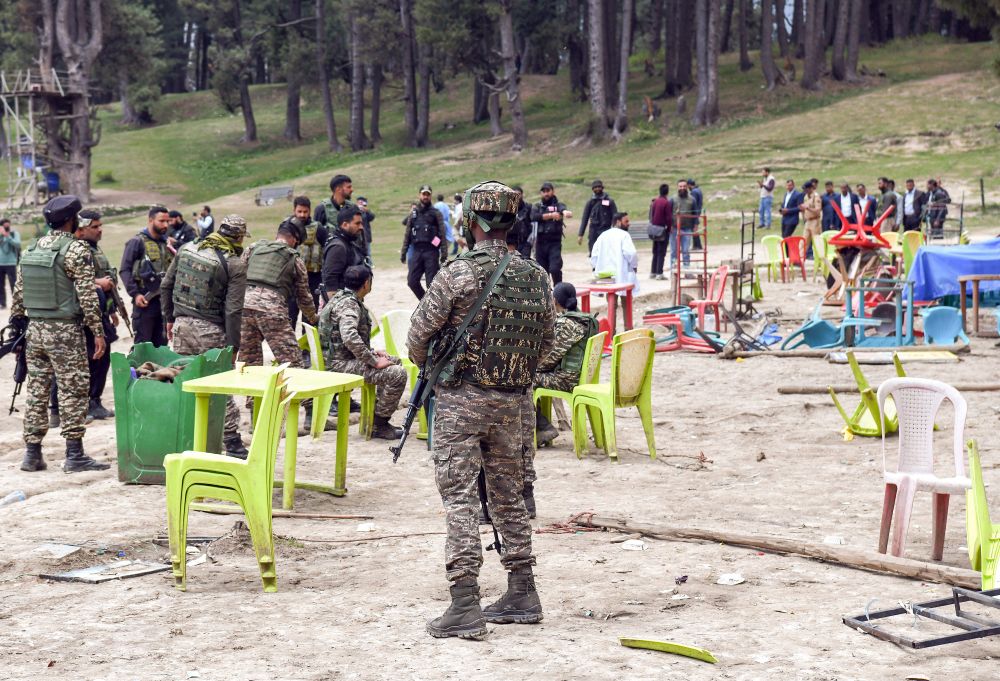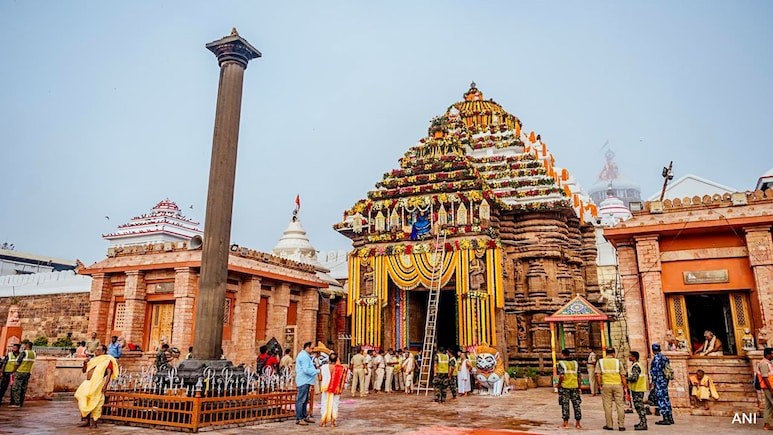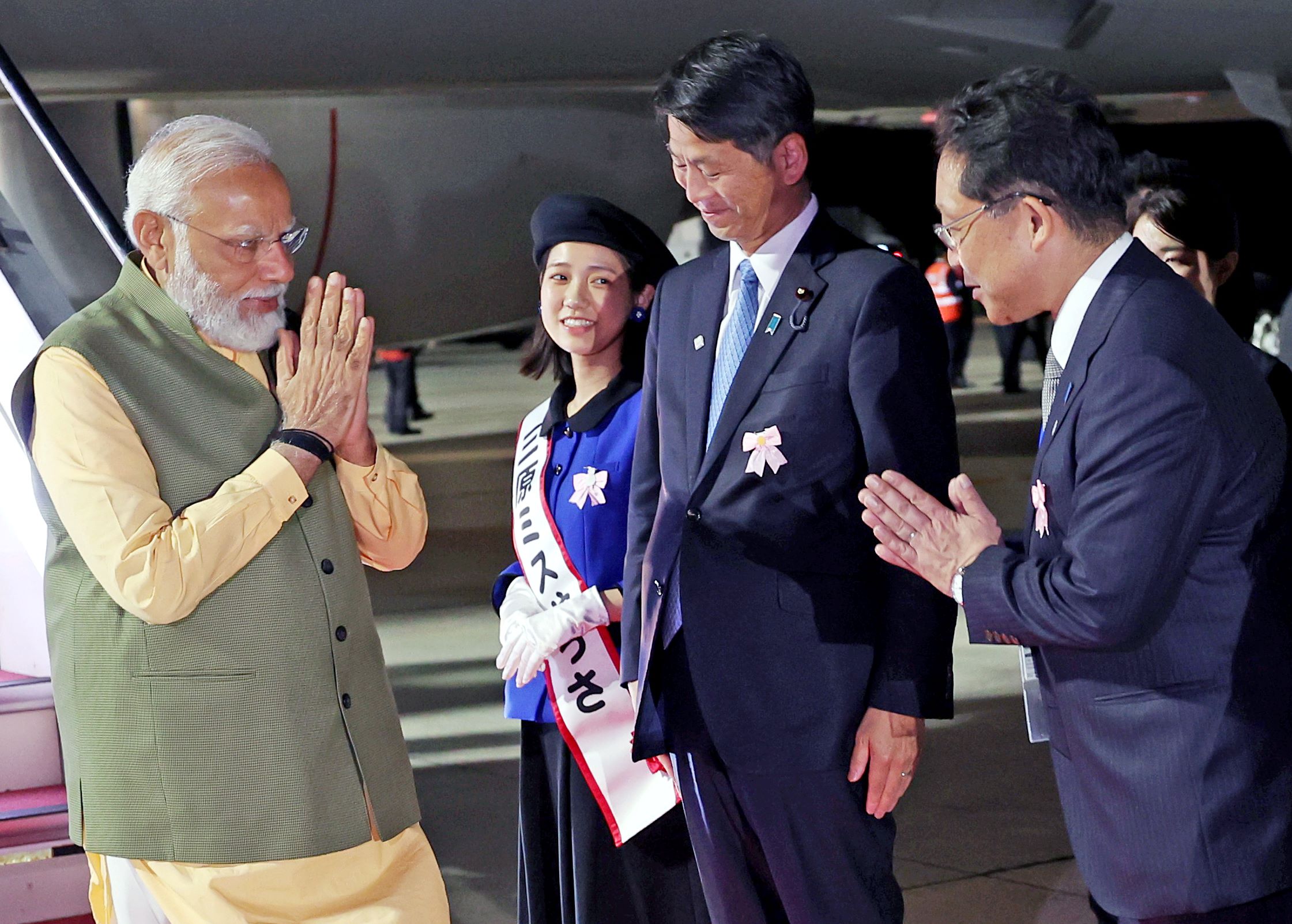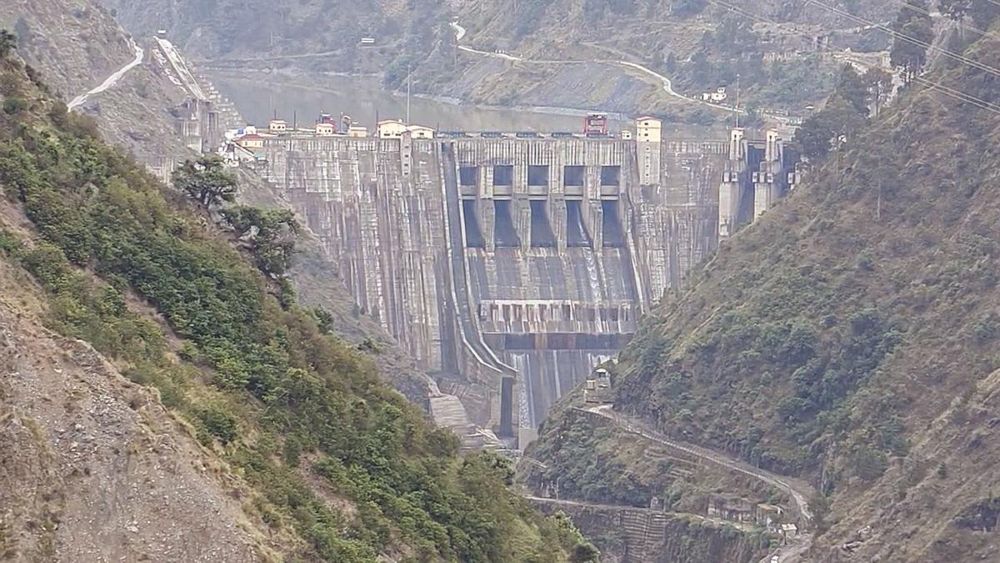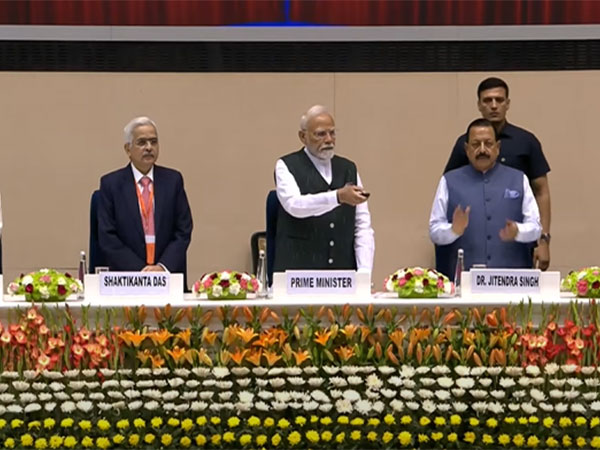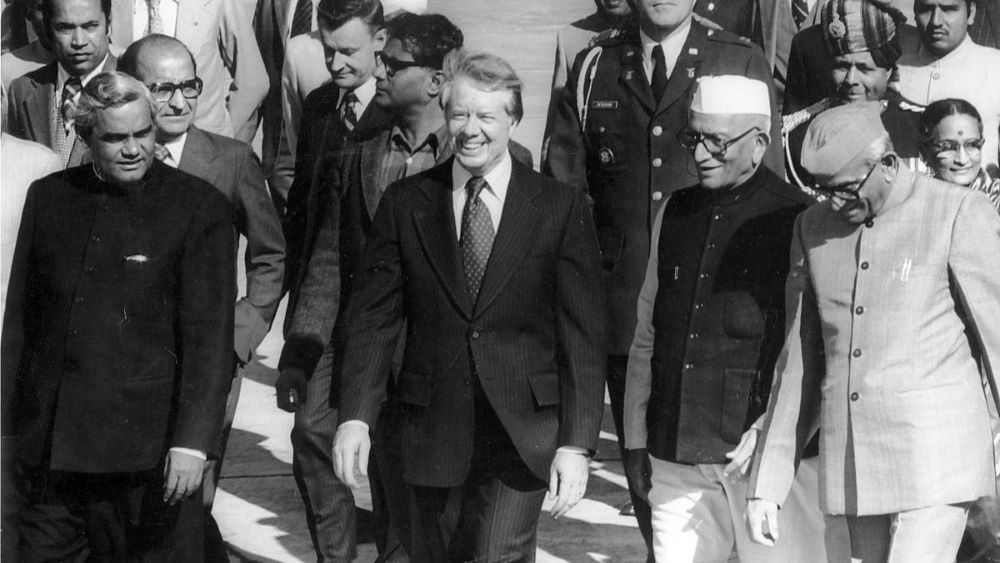The apex court also remarked that ascertainment of religious character of a Place of Worship is not barred under the Places of Worship Act
Our Bureau
Varanasi/Lucknow
In view of the complexity of matter, the Supreme Court on Friday ordered the transfer of the Gyanvapi mosque case from the civil judge to the district judge, Varanasi. A bench of Justices DY Chandrachud, Surya Kant and PS Narasimha ordered that a “senior and experienced” judicial officer of Uttar Pradesh Higher Judicial Service should examine the case. The bench said District Judge should decide the maintainability of the civil suit in the Gyanvapi-Kashi Vishwanath on priority as sought by Committee of Management Anjuman Intezamia Masjid Varanasi.
“Having regard to the sensitivity of this civil suit, this case before the civil judge Varanasi shall stand transferred and be heard by a senior and experienced judicial officer of UP Judicial services. Thus, the case was transferred from Civil Judge (senior division), Varanasi to District Judge, Varanasi. The application filed by the plaintiff under Order 7 Rule 11 CPC shall be decided on priority by the District Judge on the transfer of suit,” the bench ordered.
It further ordered that its interim order passed on May 17 — to protect the area where the Shivling was found and access to Muslims for namaz — shall continue in operation till the maintainability of the suit is decided and thereafter for eight weeks to enable parties to pursue legal remedies. It further asked the District Magistrate Varanasi to make alternate arrangements for Wazu after consulting the parties.
It has now posted the matter for hearing in July second week.
The apex court was hearing a plea Anjuman Intezamia Masajid Committee against the Varanasi district court order which directed a videographic survey of the Gyanvapi Mosque complex, adjacent to the famous Kashi Vishwanath Temple in Varanasi.
Senior advocate Huzefa Ahmadi for Masjid Committee told the apex court that all the orders passed by the trial court from the beginning are capable of creating great public mischief. Ahmadi said Committee’s challenge is to the trial court’s order appointing Commission itself, it is prohibited by the 1991 Worship Act and the Constitution itself.
The bench said these are complex social problems and no solution by the human being can be perfect. “Our order is to maintain a certain degree of peace and calm and our interim orders calms some frayed nerves with some healing touch. We are on a joint mission on preserving a sense of unification in the country,” Justice Chandrachud said.
Ahmadi also said that what was found inside was not a Shivling as per us, it is a fountain. Wazukhana is sealed and iron gates are placed with heavy police presence, he added. The apex court also remarked that ascertainment of religious character of a Place of Worship is not barred under the Places of Worship Act.
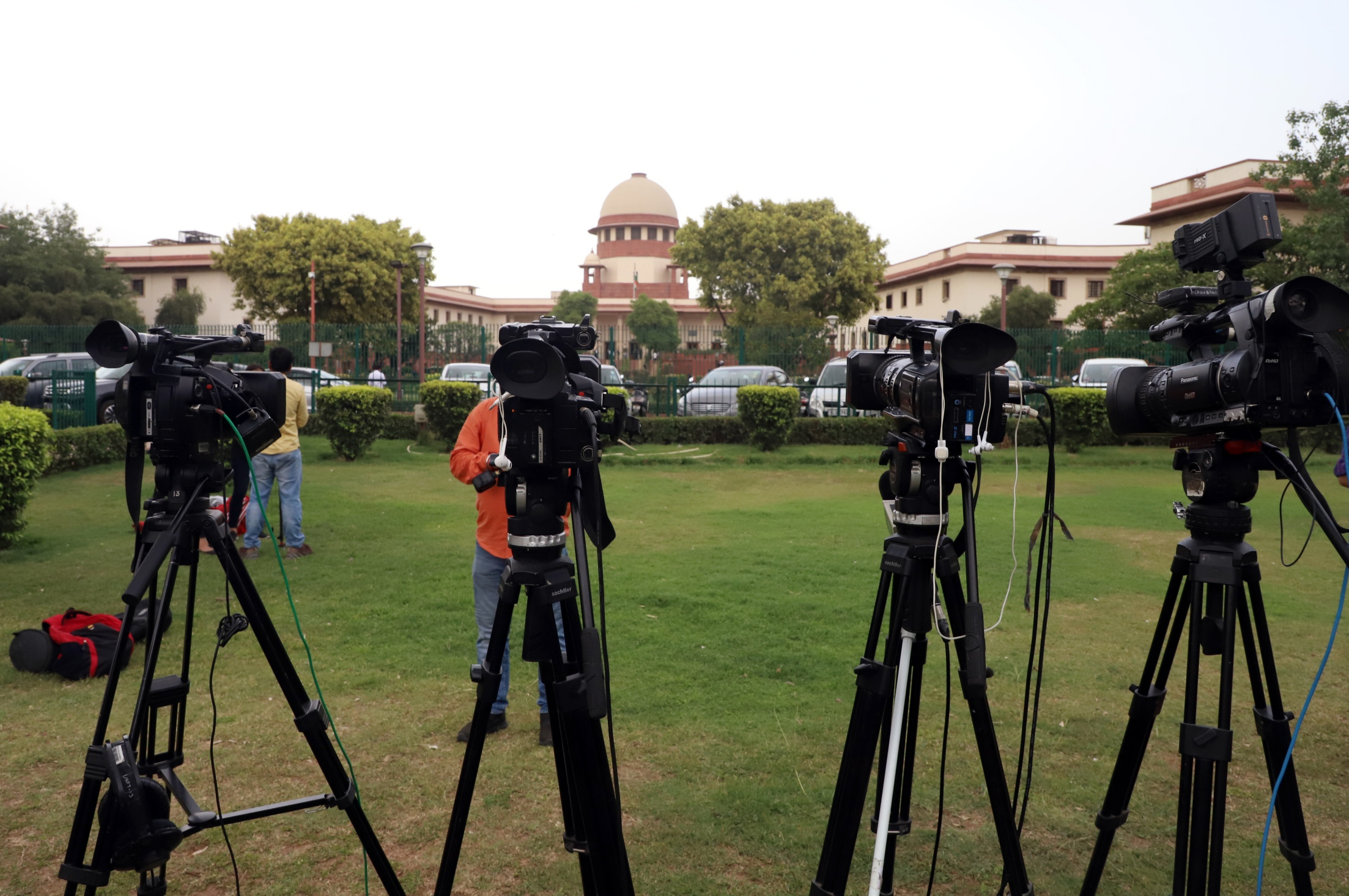
Earlier the bench had directed the concerned District Magistrate in Varanasi to ensure that the Shivling recovered from the Gyanvapi Mosque complex during a survey by court commissioner be protected.
Another petition filed by one Vijay Shankar Rastogi, who had contended that the entire premises belonged to the Kashi Vishwanath and that the Gyanvapi Mosque was only a part of the Temple, had also been pending in the court since 1991. Rastogi had claimed that the Kashi Vishwanath Temple had been built over two thousand years ago and the Temple had been demolished by Mughal emperor Aurangzeb.
No excavation at Qutub Minar: Govt
Union Culture Minister G Kishan Reddy on Sunday denied media reports claiming that the Archaeological Survey of India would be conducting an excavation at the Qutub Minar complex. Reddy said, “No such decision has been taken.” Several reports have claimed that the Ministry of Culture instructed the ASI to conduct the excavation and iconography of idols at Qutub Minar to ascertain the facts about the structure.
As per the reports, an ex-ASI officer claimed that the Qutub Minar was not built by Qutb al-Din Aibak, and was actually built by Raja Vikramaditya to study the direction of the Sun.
Likewise, recently the Vishwa Hindu Parishad (VHP) spokesman, Vinod Bansal claimed that Delhi’s famous monument Qutub Minar was actually “Vishnu Stambh”. He said that the monument was built with materials obtained after demolishing 27 Hindu-Jain temples.
Earlier, a Saket Court on Tuesday adjourned the hearing for May 24, on an appeal regarding the restoration of 27 Hindu and Jain temples in the Qutub Minar complex in Mehrauli. Appeal suit alleging that the Quwwat-Ul-Islam Masjid situated within the Qutub Minar complex in Mehrauli was built in place of a temple complex. The suit, filed on behalf of Jain deity Tirthankar Lord Rishabh Dev and Hindu deity Lord Vishnu (through their next of friends), seeks restoration of the alleged temple complex, comprising as many as 27 temples.
















